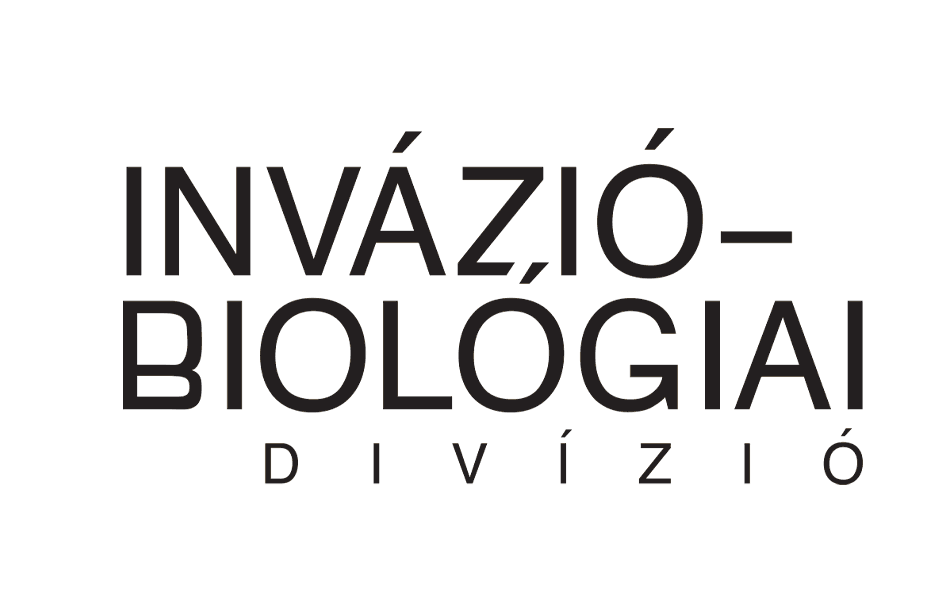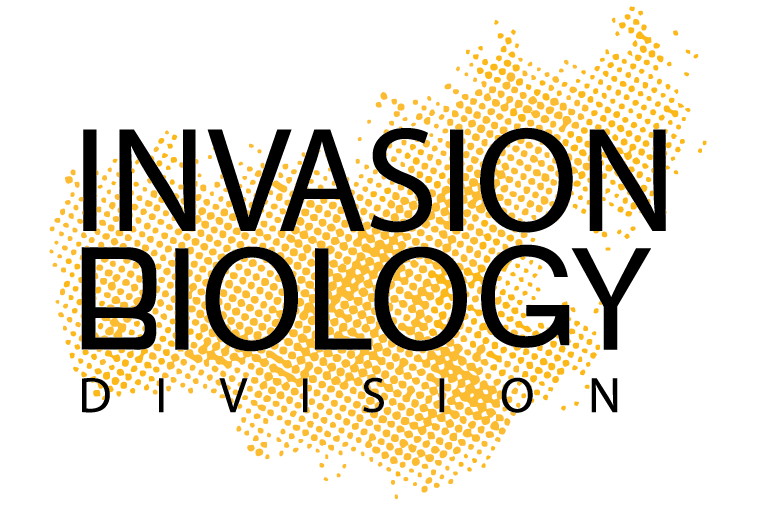News
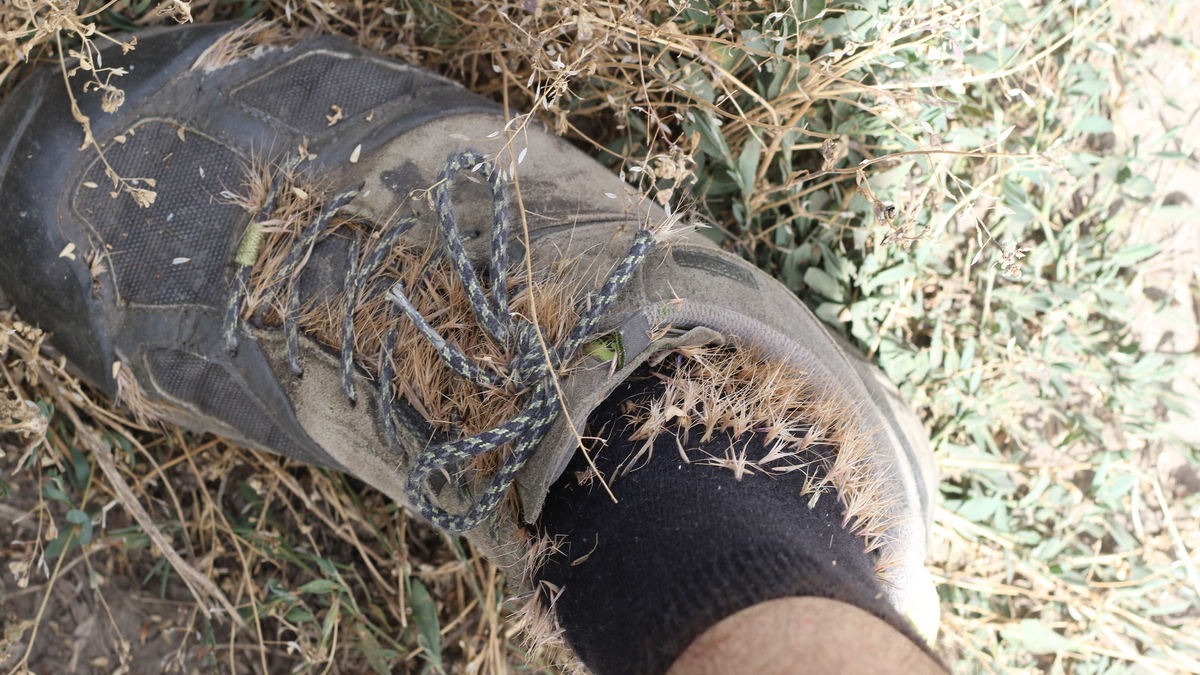
Ecologists and hikers have a major role in the seed dispersal of weedy and invasive plant species
Nowadays, one of the most effective seed dispersal vectors are humans. The key our efficiency is the rapidly growing rate […]
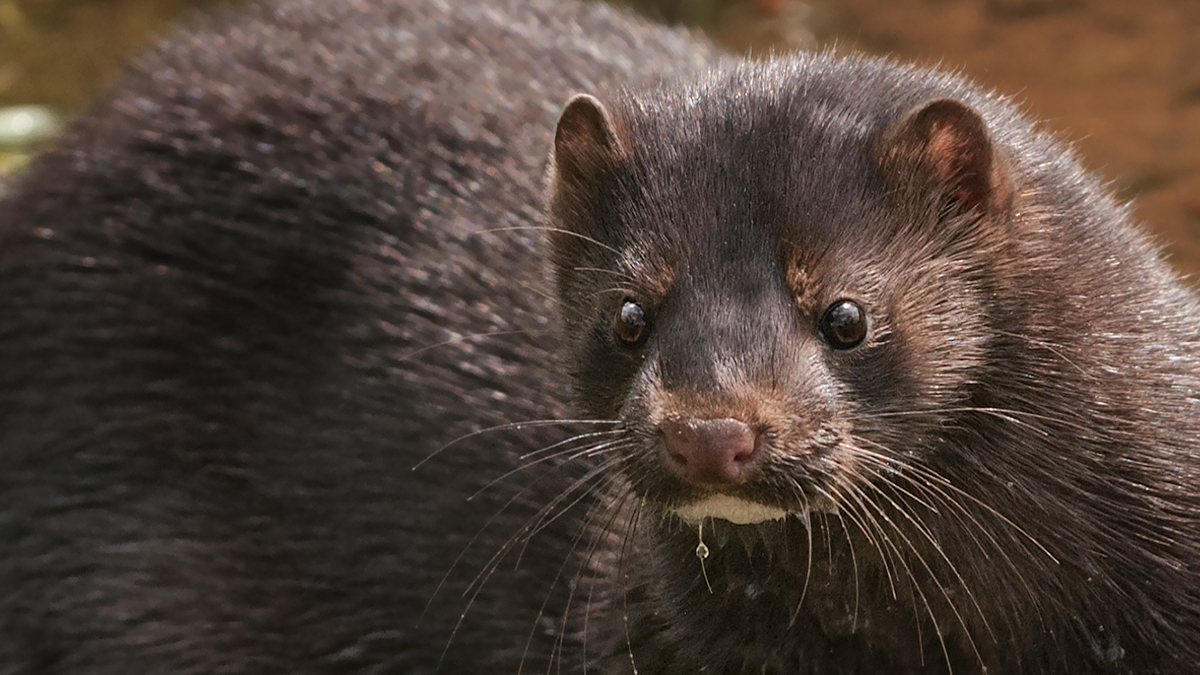
Community science based monitoring of invasive mammal and bird species
Community science based monitoring of invasive mammal and bird species of Hungary has begun in a cooperation between the Institute […]
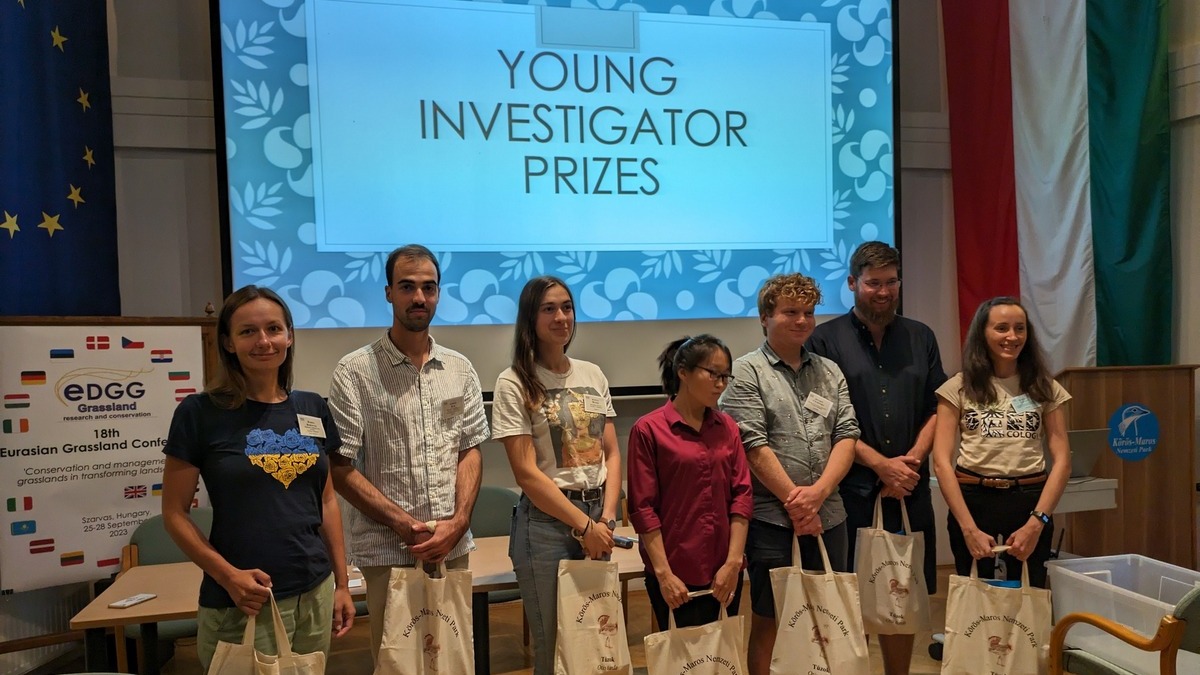
Invasion Biology Division research at the Eurasian Grassland Conference
This year, the Eurasian Grassland Conference was held in Szarvas, organized by the Lendület Seed Ecology Research Group of the […]
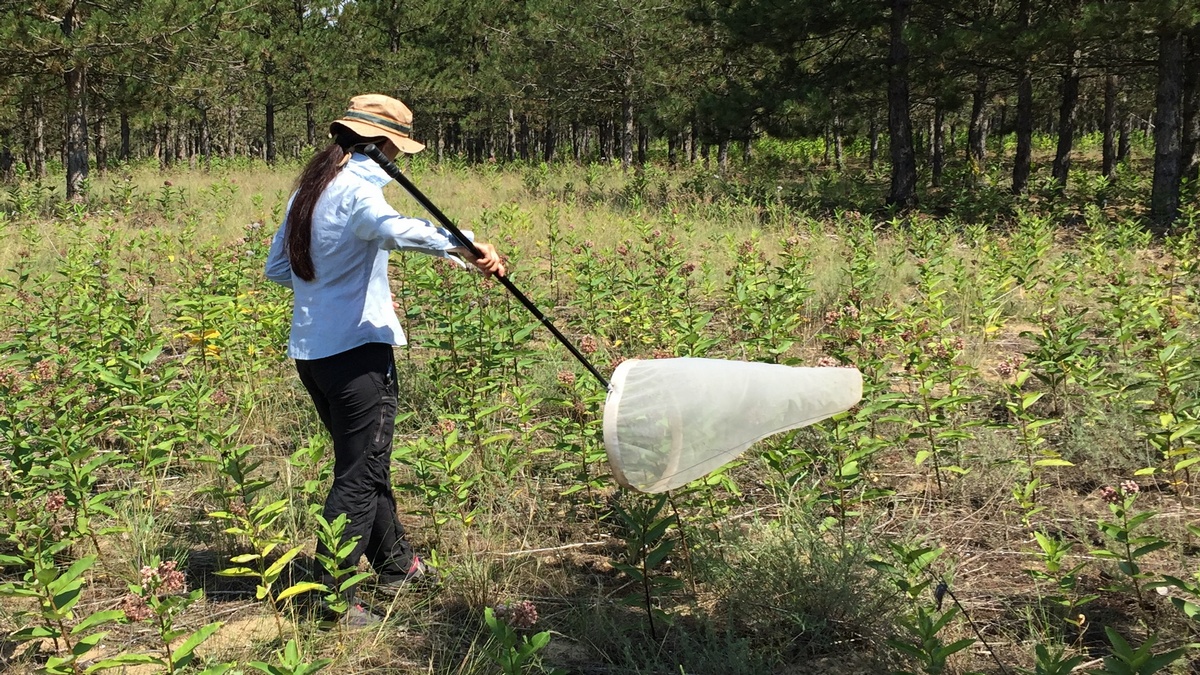
Indirect effects of plant invasion and fragmentation on native plants and grassland arthropods
Plant invasion and habitat fragmentation have adverse effects on biodiversity in almost all ecosystems. Our research explored the direct and […]
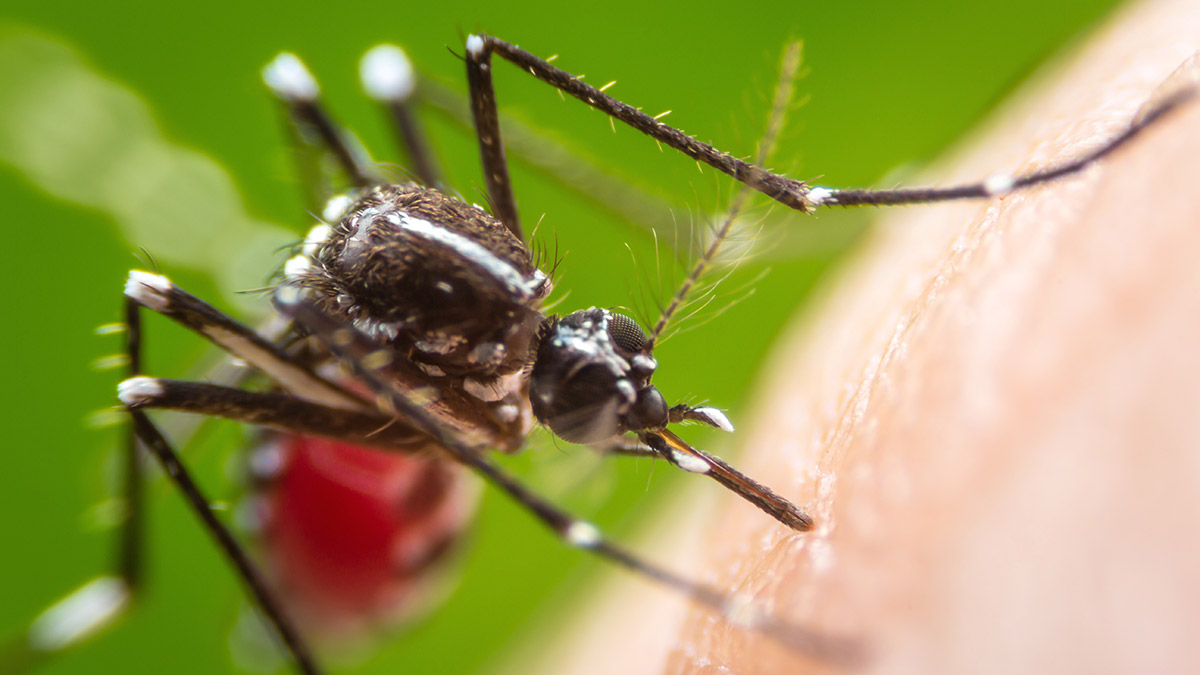
Citizen science and mosquito research: the relationship between urbanisation and invasive mosquitoes in Hungary
Urbanisation can contribute significantly to the spread of invasive mosquito species and the diseases they spread. Urbanised habitats provide access […]
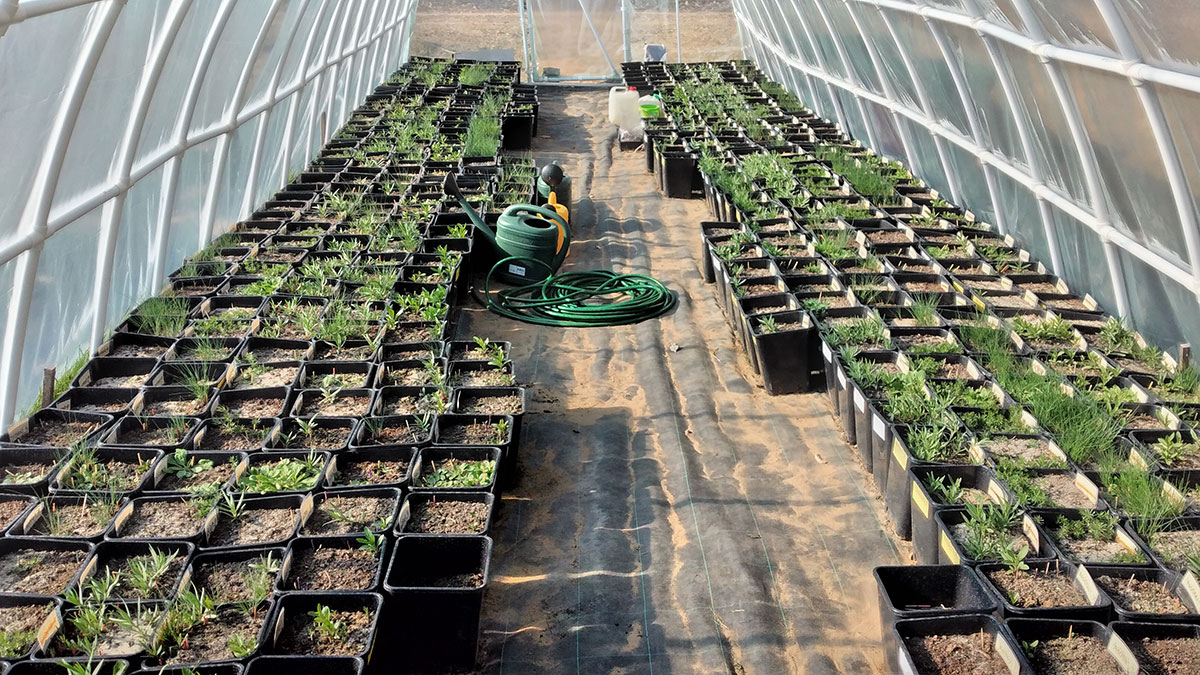
Sowing large quantities of native species can reduce the establishment of invasive alien species
Invasions of alien species are a major cause of biodiversity loss, threatening both natural and human-managed ecosystems. Ecological restoration of […]
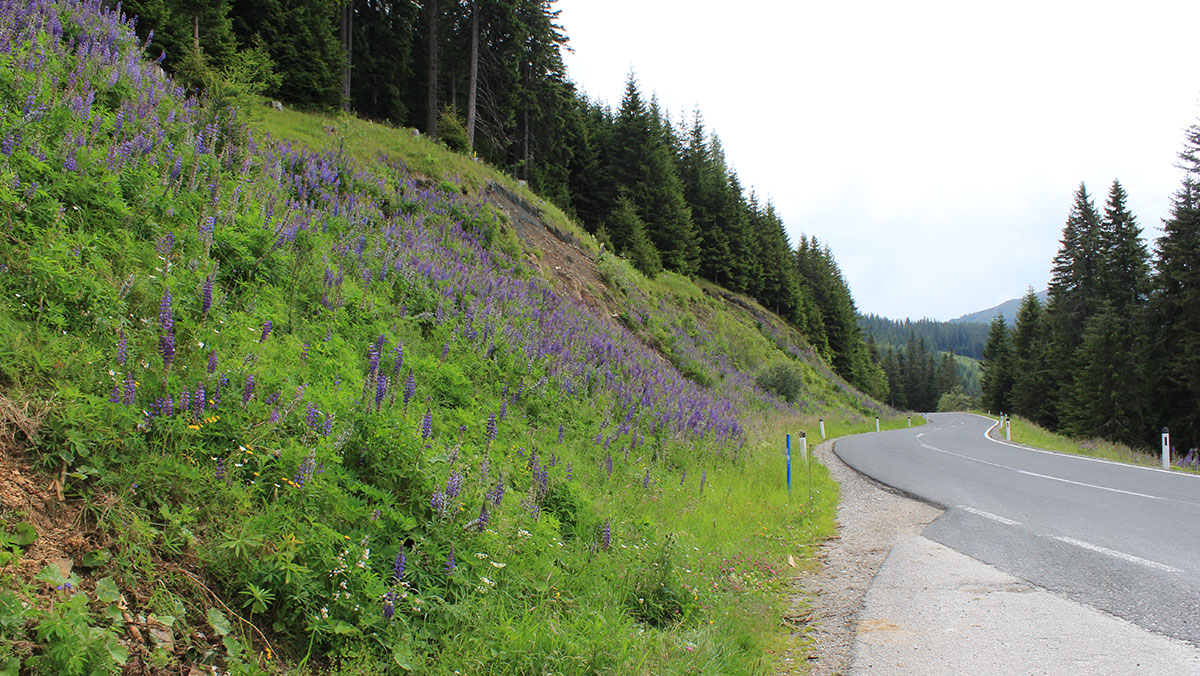
Grassland restoration on roadsides – a nature-based solution to control invasive plant species
Roadside verges are a key corridor for the spread of invasive species and are often considered as invasion hotspots. Invasive […]
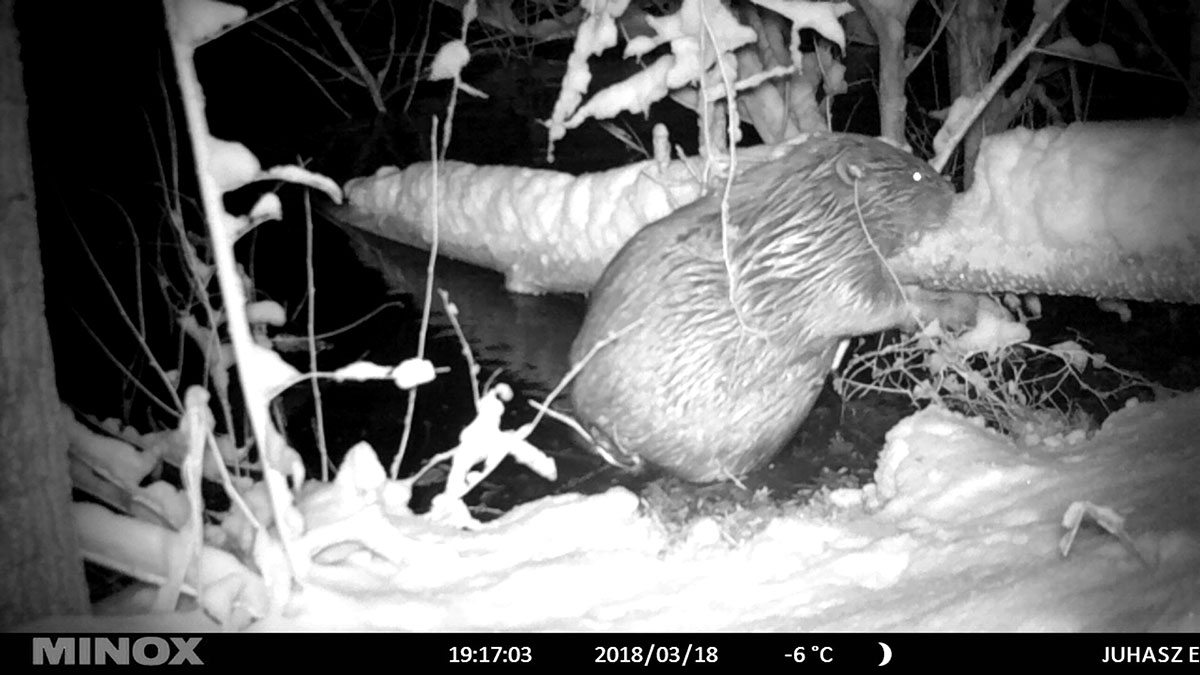
Ecological effects of an intensively spreading native species: evaluation of the beavers’ foraging strategy
The Eurasian beaver is a native species with community interest in the European Union. The species was previously extinct in […]
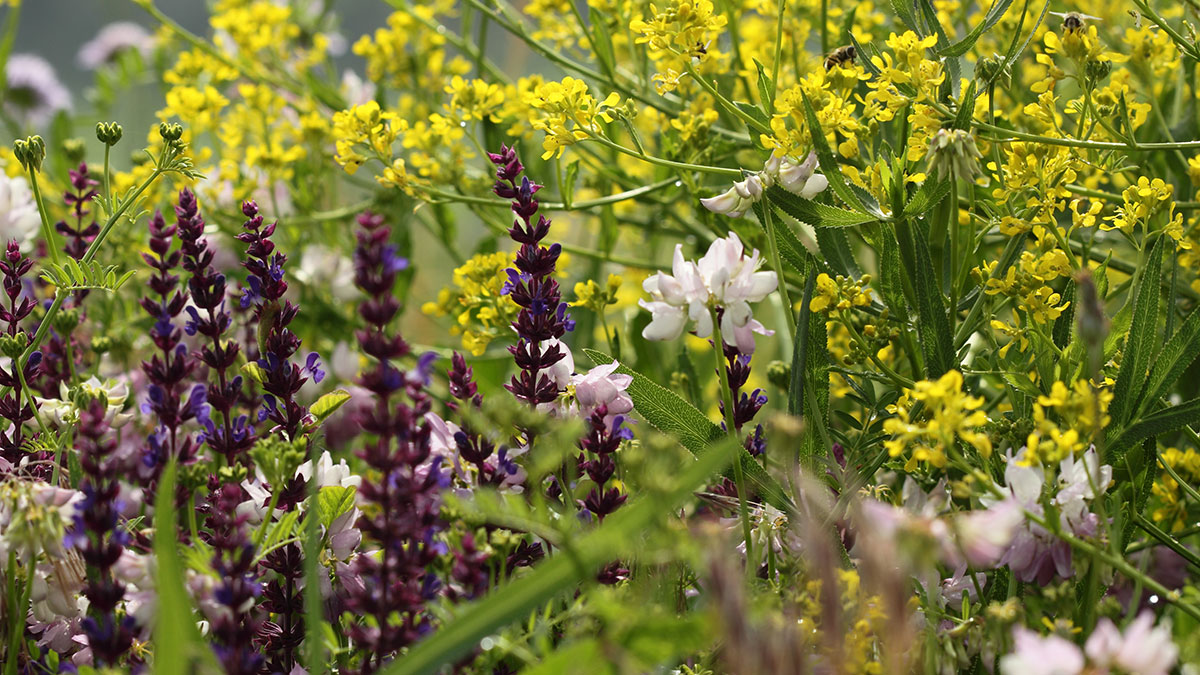
Control of invasive plant species during grassland restoration: timing of seed sowing is key
Timing and the right quantity and composition of the seed mixture are key in seeded grassland restoration. Research by the […]
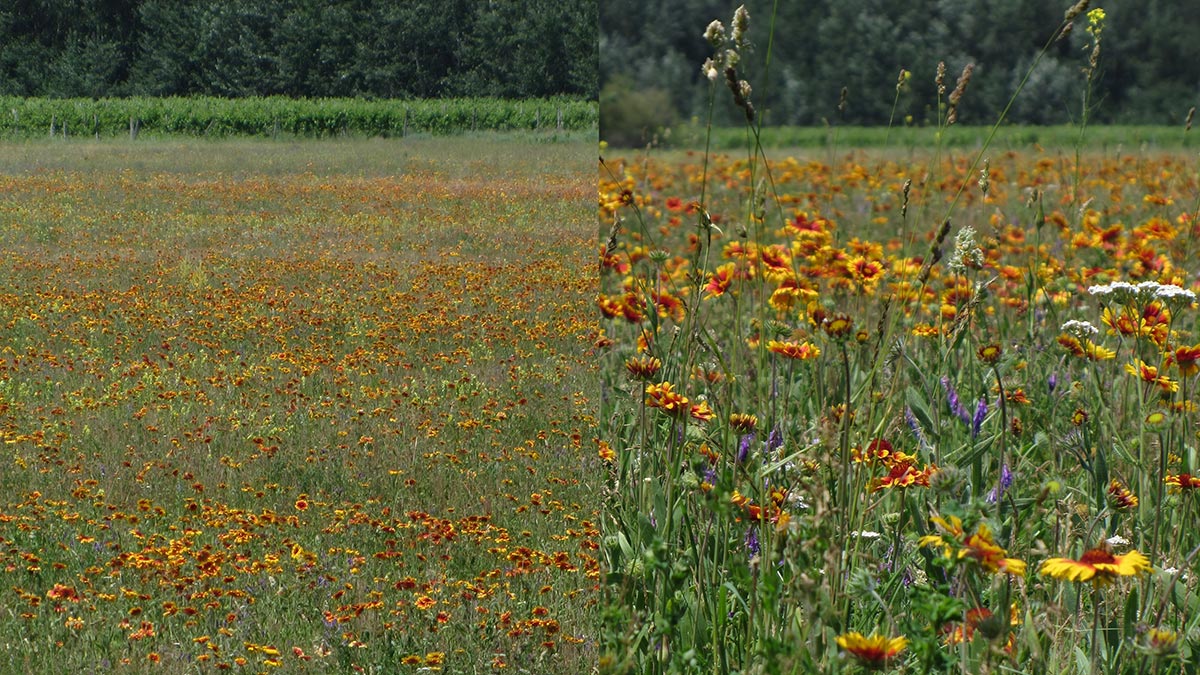
Escape from the gardens: one of our favourite ornamental plants is becoming an invasive species before our eyes
Ornamental plants are introduced to new habitats when they are planted in gardens, where the maintaince creates the suitable conditions […]
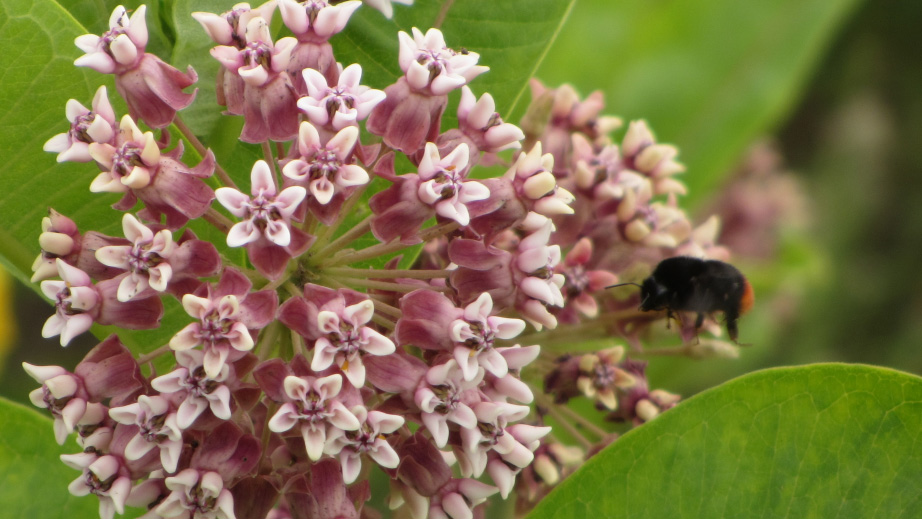
“Invasion of traits” – The multi-level effects of invasion on plant-pollinator communities
Invasive plant species have a negative impact on local fauna, such as pollinating insects, by transforming vegetation and decreasing floral […]
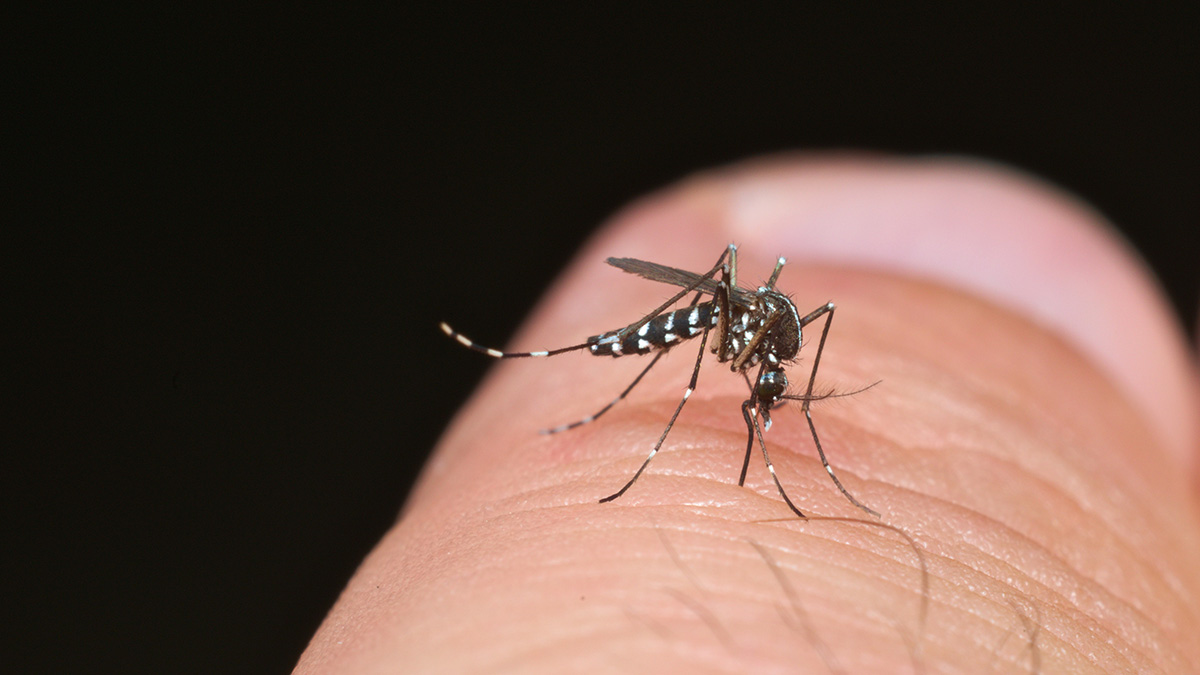
How can citizen science data be used to answer scientific questions?
In a new study, the Mosquito Monitor Group has used a model-based approach to demonstrate that so-called “citizen science” data […]
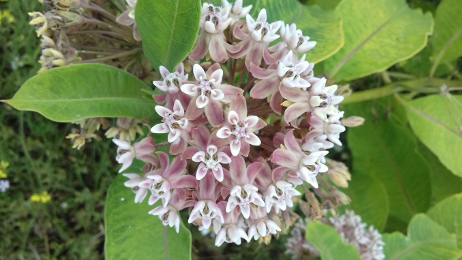
Control of an invasive plant, the common milkweed (Asclepias syriaca)
Short-term effects of control of the invasive plant (Asclepias syriaca L.): secondary invasion of neophyte plants instead of regeneration of […]
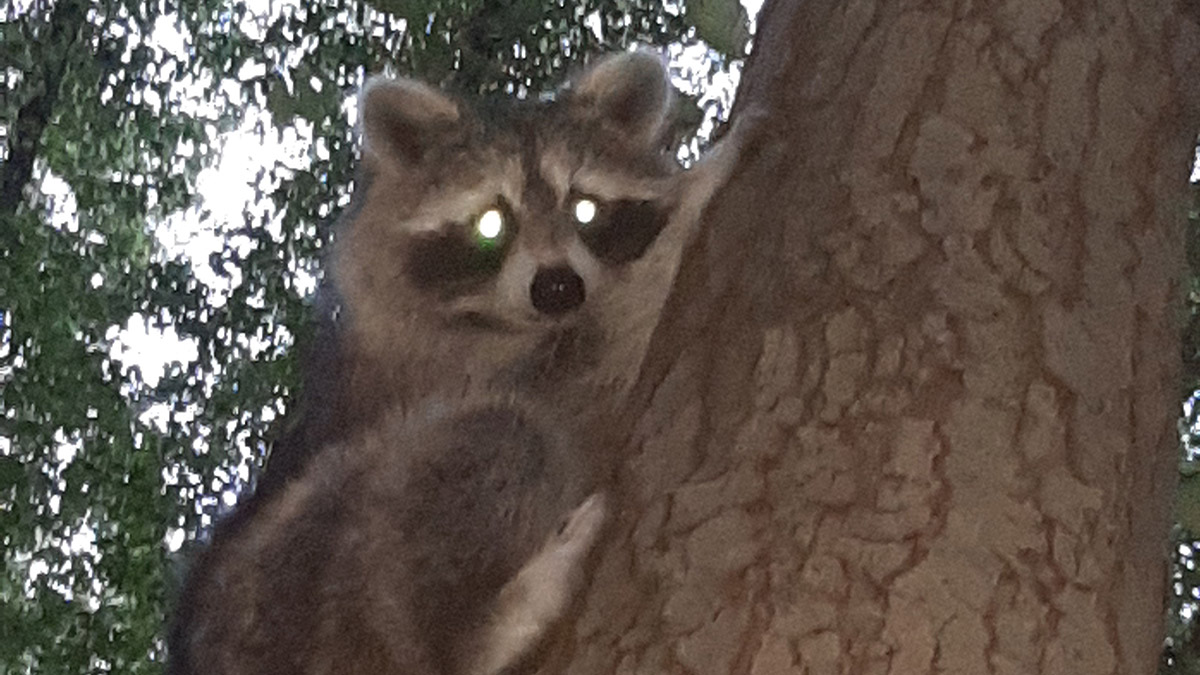
Raccoon problems: European researchers met
The raccoon (Procyon lotor) is an alien species that is widespread in mainland Europe (e.g., France, Belgium, Germany, Poland). Populations […]


